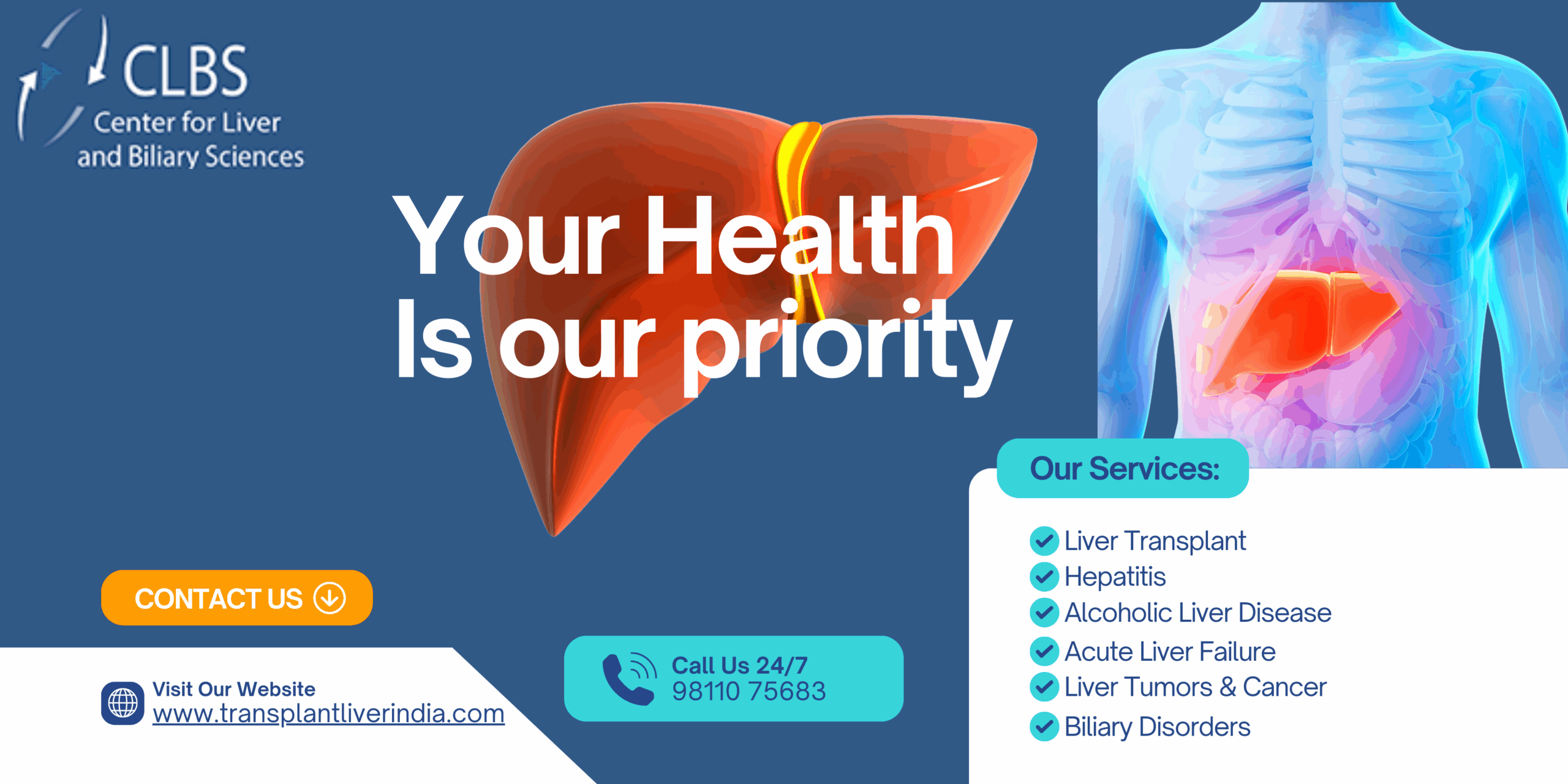Organ transplant surgery has never been one of the most wonderful crossroads of science, skill, and heart. From early single-organ transplants to today’s highly complex procedures, the specialty has evolved beyond measure. But there are few operations that represent as much of modern medicine’s march forward as a dual organ transplant — the double transplantation of two life-giving organs into a single recipient.
A recent path breaking case in Delhi, headed by the renowned Dr. Subhash Gupta, tested the limits of what’s achievable. This milestone liver and kidney transplant, which was done at Max Super Specialty Hospital, is not merely a medical milestone but an indicator of the future potential of transplant surgery.
The Story Behind the Surgery
The patient in question had end-stage liver disease combined with kidney failure—two life-threatening illnesses that needed immediate treatment. Conventionally, patients with multiple organ failure would be high-risk and could possibly require two separate transplants, adding complexity, expense, and risk of mortality.
But with the guidance of Dr. Subhash Gupta, one of India’s most senior transplant surgeons, the team was able to perform a simultaneous liver and kidney transplant. The liver was contributed by the patient’s son and the kidney by his wife—an unprecedented display of familial strength of spirit and selflessness.
This one-time operation, in which two organ transplantations were conducted during a consecutive 20+ hour surgery, highlights not only surgical prowess but also the transition to team-oriented multidisciplinary care, state-of-the-art preoperative management, and precision medicine.
Who is Dr. Subhash Gupta?
For those unaware, Dr. Subhash Gupta is a trailblazer within the transplant fraternity with a legacy of pioneering liver transplantation from living donors in India and across the world. With over a thousand liver transplants to his name and a strong emphasis on ethical, safe, and patient-oriented care, Dr. Gupta has become the very epitome of excellence in complex hepatobiliary procedures.
He is in charge of the Centre for Liver and Biliary Sciences at Max Super Speciality Hospital in Saket, Delhi — one of India’s best liver and multi-organ transplant facilities.
Why Is This Case a Milestone?
This procedure is significant for many reasons:
- Simultaneity of Procedures
Conducting two significant organ transplants simultaneously is a medical and logistical wonder. It is very difficult to coordinate several surgical teams, anesthesia, and maintaining organ viability during the transfer period.
- Living Donor Transplant
This operation was based solely on living donors, which poses extra attention to donor safety and long-term health.
- Risk Management
Dual organ transplant recipients have increased risk of infection, complication, and rejection of their transplanted organs. Post-operative care that utilizes the best techniques and high-level expertise can deal with such risks.
- Resource Efficiency
Single operation, single convalescence, single care plan—that is the more efficient approach which this case sets out for transplantation policy and practice in the years to come.
Technologies That Enabled This Success:
Modern transplant surgery is a symphony of science, and this case highlights how far we’ve come:
- Immunosuppressive Advancements
Drugs that prevent organ rejection have become more targeted, reducing side effects while increasing graft survival rates.
- Advanced Imaging and 3D Reconstruction
Pre-operative planning used CT scans and 3D imaging to map the vascular and biliary anatomy, helping avoid complications.
- Robotic and Minimally Invasive Techniques
Although not entirely robotic, aspects of donor surgery and vascular reconstruction utilized minimally invasive methods to minimize recovery time and donor discomfort.
- AI and Predictive Analytics
Surgical planning, anticipating possible complications, and optimizing donor-recipient matching were likely done using AI-based software.
The Role of Multidisciplinary Teams
This operation is a testament to collaborative medicine. It included:
- Hematologists
- Nephrologists
- Anesthesiologists
- Surgeons
- Radiologists
- Nutritionists
- ICU staff
All working together in seamless harmony to perform an operation of such magnitude. Coordination and communication between teams are as vital as technical know-how.
How This Surgery Forms the Future of Transplant Surgery
The implications of this double organ transplant are far-reaching:
- Establishing New Standards
It paves the way for more simultaneous organ transplants in appropriate patients, cutting critical care time and enhancing long-term results.
- Growing donation program
This case shows that the living donors can contribute meaningful, safe and morally, in very difficult cases.
- Resource Efficiency
Low surgery is similar to little stress in the operating room, ICU and hospital infrastructure – a great advantage for the overbirds health care system.
- Increase in consciousness and education
These success stories act as public consciousness tools, which helps more people to assess organ donation and break the stigma around it.
- Politics and protocol development
Transplantation centers can soon update their choice criteria and preoperative protocols to include double -edged transplant options at the same time.
Challenges to Overcome
Despite the promise, many challenges remain:
Lack of organ: In many countries, the cadevrical donation rate for organando is still low.
Cost: Double transplants are expensive and are usually not fully covered by insurance.
Donor protection: Especially with live donors, long -term monitoring and follow -up is the most important.
Ethical Challenges: Striking a balance among urgency, risk, and donor relationships can present ethical challenges.
Conclusion
This landmark dual organ transplant, performed in Delhi by Dr. Subhash Gupta and his team, is more than a miracle—it’s a message. A message that the future of transplant surgery is brighter, bolder, and more compassionate than ever before.
As we look ahead, such surgeries will become more common, safer, and accessible, offering hope to patients with multi-organ failure worldwide. It’s not just about extending life; it’s about enhancing the quality of life with innovation, empathy, and excellence at the heart of care.

